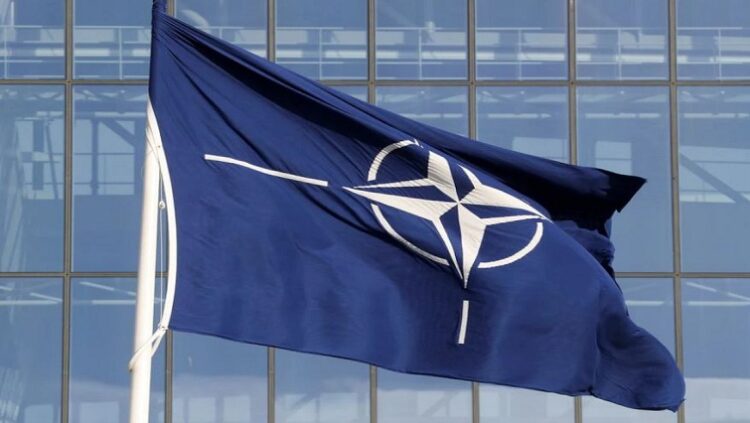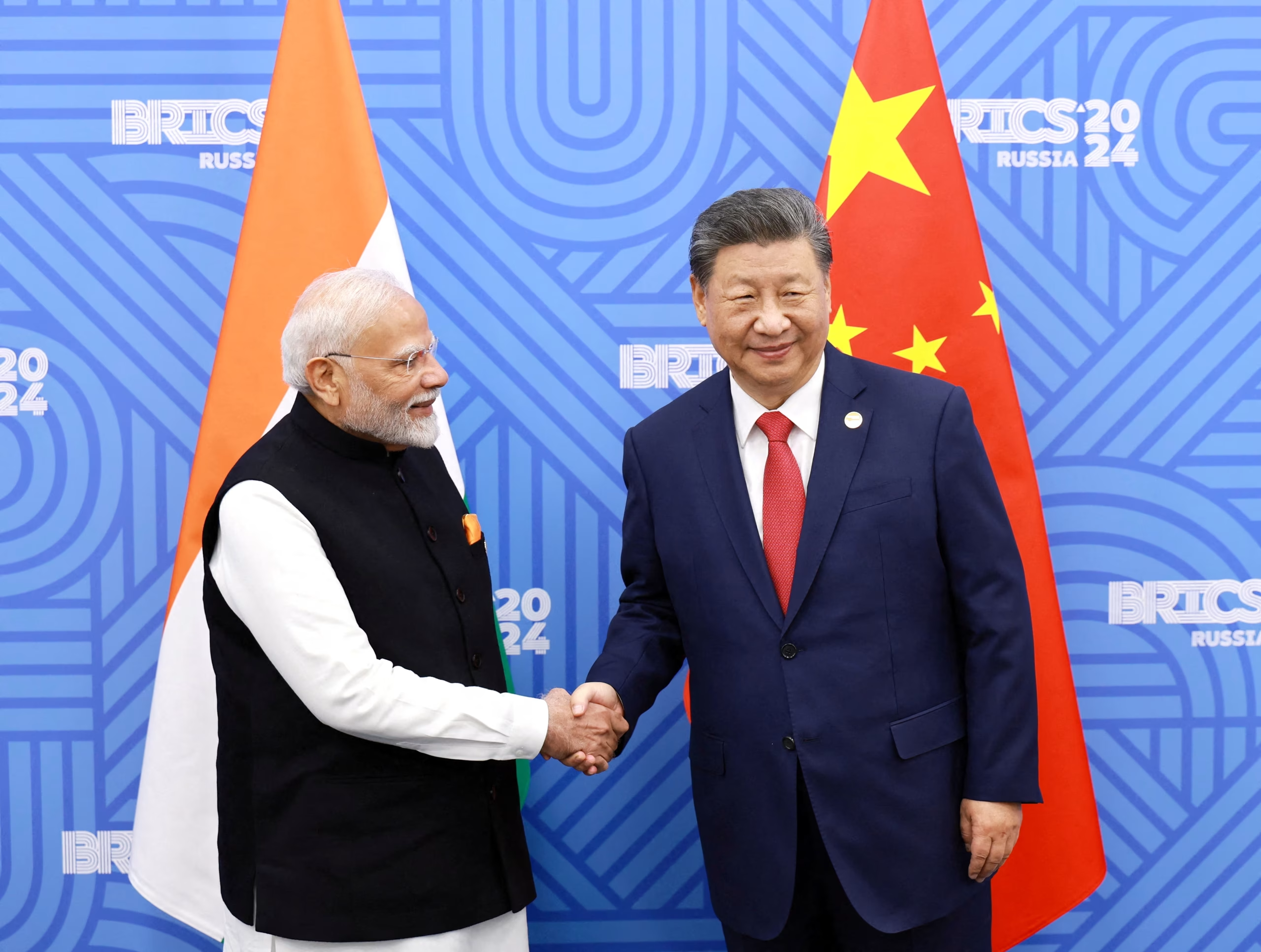NATO members are racing to complete a plan to provide long-term support to Ukraine, but are wrestling with how best to assure the country’s security until it can join the military alliance, according to US and European officials.
With four weeks to go until a NATO summit in Vilnius that is expected to approve the plan, there is agreement that Ukraine cannot join the alliance while fighting is still underway against Russian forces, a position accepted in early June by President Volodymyr Zelenskyy after months of pleading for speedy admission.
Alliance members are close to agreeing incremental steps to strengthen ties with Ukraine, including upgrading how NATO and Kyiv cooperate and a multi-year program to help Ukraine bring its security forces to NATO operational and technical standards, according to officials.
The allies have yet to resolve differences over how to address Ukraine’s desire for membership, which has been governed by a vague 2008 declaration that it will join the North Atlantic Treaty Organisation without setting out how or when.
US ambassador to NATO Julianne Smith told reporters on Wednesday that members are still discussing how to respond to the Kyiv government’s membership aspirations.
“There’s a rich conversation going on across the alliance with a whole array of views,” said Smith. A senior alliance source, speaking on condition of anonymity, said there is “a hard search on to find a mechanism that brings Ukraine closer to NATO without taking them into NATO.”
Western governments such as the US and Germany are wary of moves they fear could take the alliance closer to entering an active war with Russia, which has long seen NATO’s expansion into eastern Europe as evidence of Western hostility.
Asked on June 2 about Ukraine’s aspirations to join NATO, Kremlin spokesman Dmitry Peskov said it “would be a potential problem for many, many years.”
Russian President Vladimir Putin sent his forces into Ukraine in February last year saying Russian security had to be protected. Few military analysts expect Ukraine’s just-launched counteroffensive to bring the grinding conflict to a quick end – instead, many predict years of fighting.
Over that time, popular support for defending Ukraine in the West might fade and the 2024 US election could yield an administration less willing to spend money on the war.
Hanging over the deliberations is the question of whether alliance members can show unity by forging agreements ahead of the July 11-12 summit in the Lithuanian capital. Failing to do so would hand Putin a political and propaganda coup.
“Nobody wants to take a risk of disunity being displayed openly,” said a senior Eastern European diplomat.
To reassure the Ukrainians, Poland, and some other Eastern European governments have called on NATO to outline clear steps to eventual membership, and favor accelerated moves in that direction. Others, particularly the United States and Germany, have been reluctant to embrace this idea, according to diplomats.
But all agree on the need to further boost Ukraine’s security between now and the day it joins NATO. We must ensure that when this war ends, there are credible arrangements in place for Ukraine’s security, so that history cannot repeat itself,” NATO Secretary-General Jens Stoltenberg said on Wednesday.
Stoltenberg said these would include arrangements between Ukraine and a number of NATO allies. The precise nature of those arrangements is the subject of intense discussion. Some leaders, such as Zelenskyy and French President Emmanuel Macron, have called for Ukraine to receive “security guarantees.”
US officials prefer the softer term “security commitments”. They declined to define what those commitments would be, but said they were working on a mechanism that would allow individual countries to provide long-term military aid to Kyiv.
“What you will see as Vilnius approaches are increased discussions about what that mechanism could look like with the support of many of our allies and partners,” a US National Security Council spokesperson said.
Diplomats and officials said options under discussion include continued supplies of advanced weapons, ammunition and equipment, which has already amounted to tens of billions of dollars. Some suggested loosely basing this on US arrangements with Israel, whereby NATO states would offer fixed bilateral military assistance for a long period of time.
Gabrielle Tarini, a co-author of a new RAND Corporation report on Ukraine reconstruction, said that until Ukraine can join NATO the alliance needs to explore such measures.
“Finding an approach that will be strong enough to deter Russian re-attack, but that does not necessarily provoke Russia will be the key here for security arrangements,” she said. Smaller steps are also in the works.
Stoltenberg said he expects the NATO-Ukraine Commission, a forum for cooperation, to be upgraded to become a NATO-Ukraine Council, where Kyiv would be accepted as an equal partner. NATO will bolster a program of non-lethal aid for Ukraine’s security forces to help them transition from Soviet-era to NATO standards, he said.
Source: eNCA
In other news – Reason Behind Gangsta Boo’s Death
Gangsta Boo‘s cause of death has finally been revealed, more than six months after her sudden and tragic passing.
According to Action News 5, the Memphis rapper’s death was ruled an accidental overdose per an autopsy report that was released on Wednesday (June 14). Learn more


 Pope Francis dies aged 88 just hours after meeting JD Vance
Pope Francis dies aged 88 just hours after meeting JD Vance India Signals Readiness to Pursue Stronger, Strategic China Business Ties After Border Dispute Resolution
India Signals Readiness to Pursue Stronger, Strategic China Business Ties After Border Dispute Resolution South Korea’s president Yoon Suk Yeol faces calls to resign
South Korea’s president Yoon Suk Yeol faces calls to resign South Korea troops try to storm parliament after martial law declared
South Korea troops try to storm parliament after martial law declared Indian police arrest seven for breaking into Bangladesh consulate
Indian police arrest seven for breaking into Bangladesh consulate Saudi Arabia’s MBS takes up new Middle East crises in UAE visit
Saudi Arabia’s MBS takes up new Middle East crises in UAE visit President Joe Biden grants full unconditional pardon to son Hunter
President Joe Biden grants full unconditional pardon to son Hunter Justin Timberlake drops big news about his Forget Tomorrow World Tour
Justin Timberlake drops big news about his Forget Tomorrow World Tour Vladimir Putin warns of using all weapons if Ukraine acquires nuclear arms
Vladimir Putin warns of using all weapons if Ukraine acquires nuclear arms Donald Trump warns BRICS nations of 100% tariffs over plans against US dollar
Donald Trump warns BRICS nations of 100% tariffs over plans against US dollar